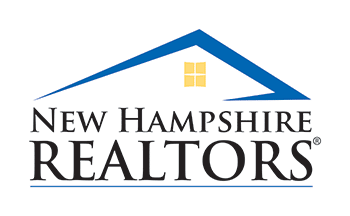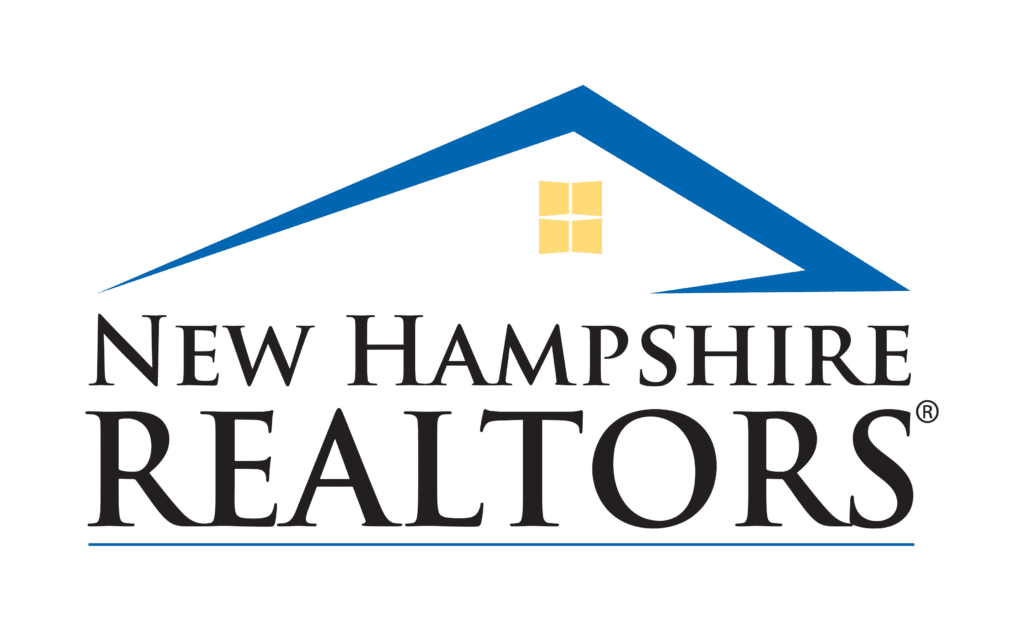Do additional students
necessarily lead to higher taxes?
and the economy, will suffer
for as long as policy makers
believe they are related.
Look to the Numbers
A comprehensive review of enrollment data and property tax rates for every New Hampshire city and town will surprise you.
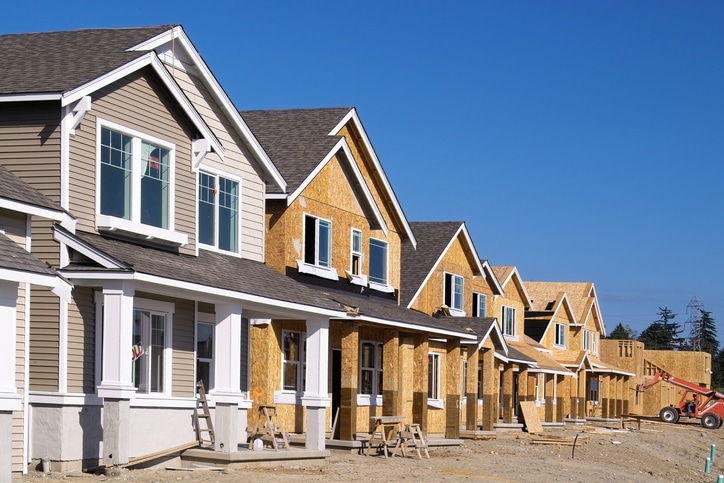
When it comes to policy decisions on workforce housing,
facts matter:
- Fewer schools mean fewer working-age adults with families, leading to a smaller workforce.
- School enrollment due to an increase in workforce housing does not lead to higher property taxes.
- Costs such as debt service, administration, transportation and heating, for example, do not go up with an increase in students.
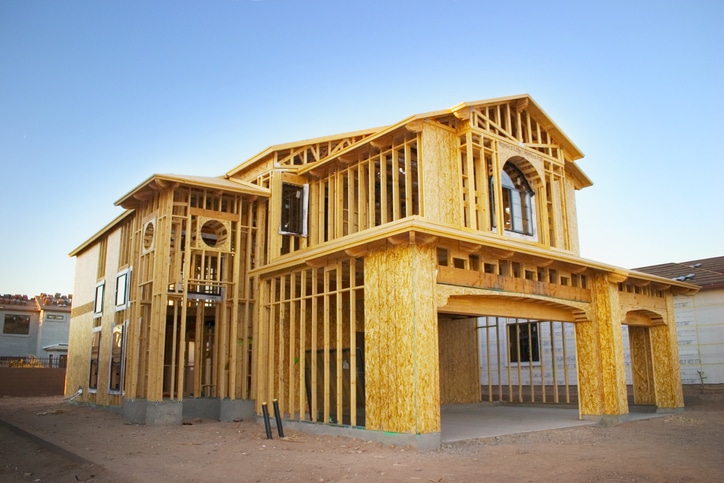
Even during decreases in school populations, taxes have continued to rise. And Dover is just one example of a municipality in which the student population has grown substantially while the tax rate has increased less than towns with declining enrollment.
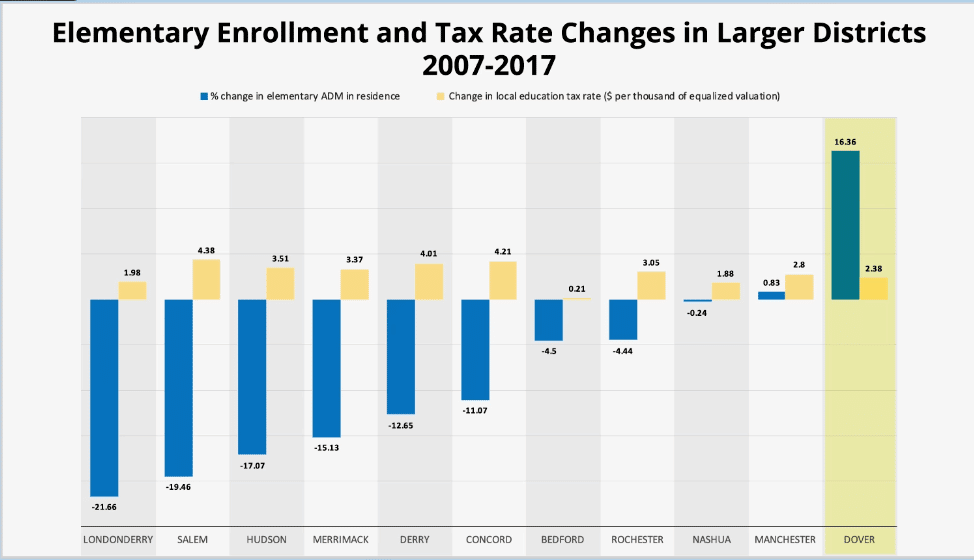
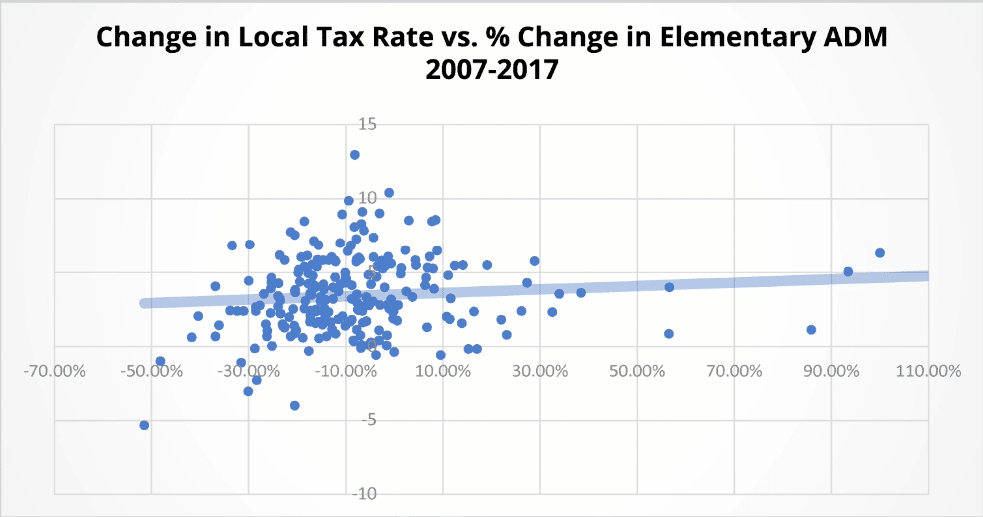
Clearly unclear: This chart comparing tax rates and student populations shows there is no correlation between the two.
Factoid
Of the 234 New Hampshire municipalities,
only 29 have experienced school growth
in the past 10 years,
yet a vast majority have seen an increase
in school tax rate during that period.
the bottom line
The lack in supply of workforce housing is creating a housing crisis in New Hampshire. Without additional workforce housing, cities and towns will experience a reduced workforce. This crisis will adversely impact the state’s economy and overall quality of life.
Local and state governments must use facts when instituting housing development policies in order to avert a growing housing crisis in New Hampshire.
